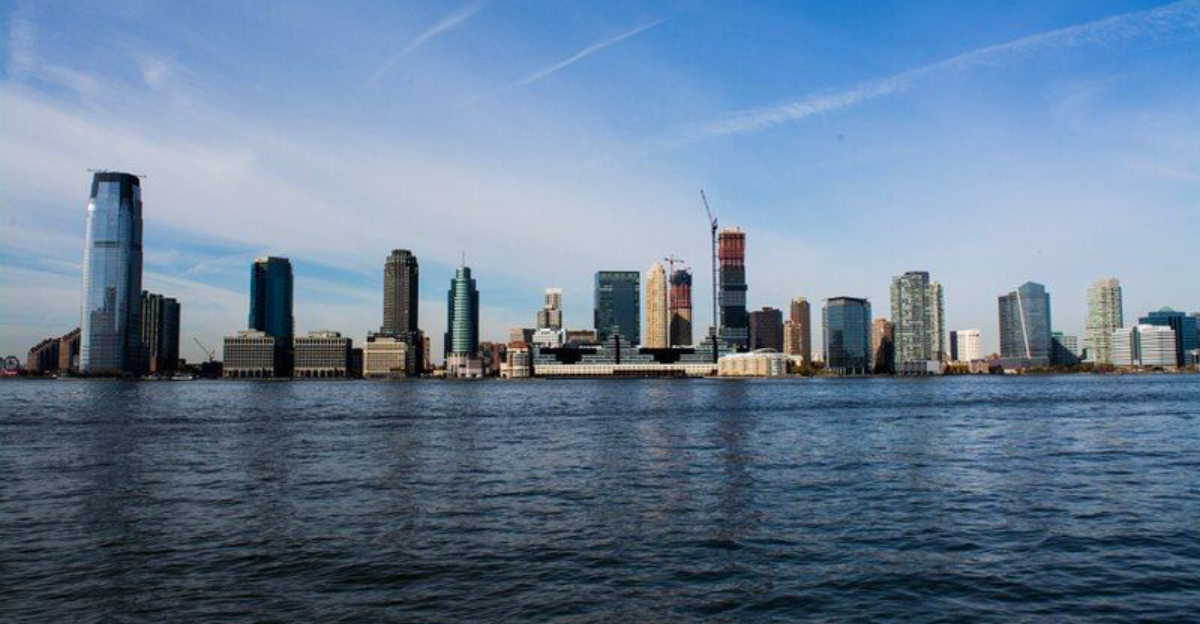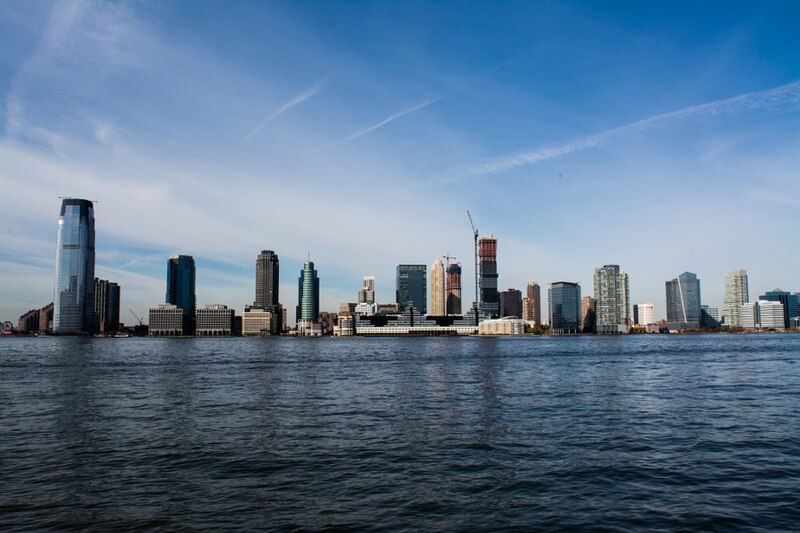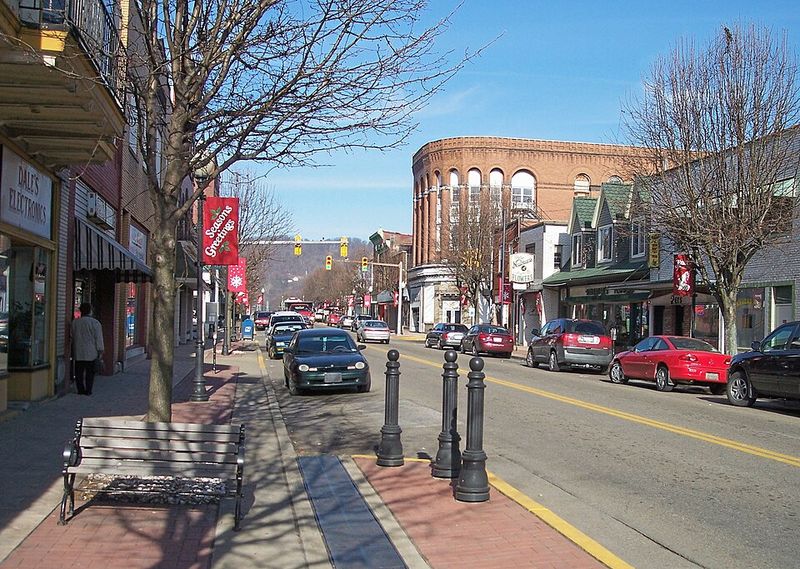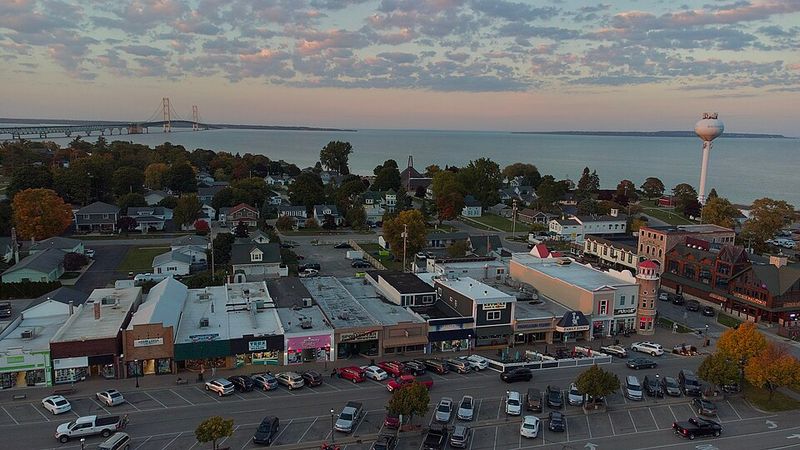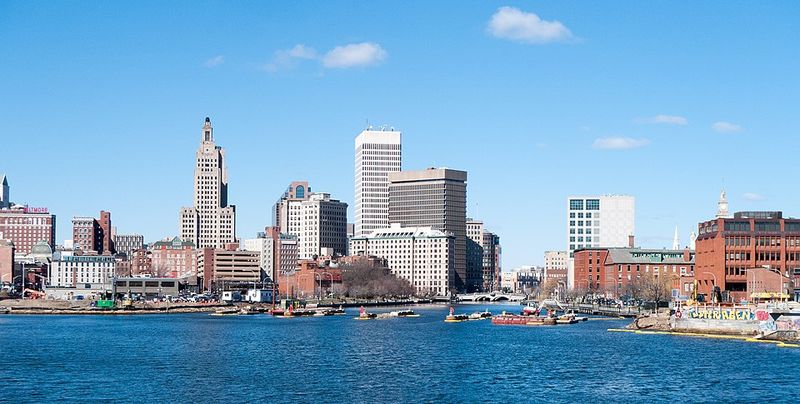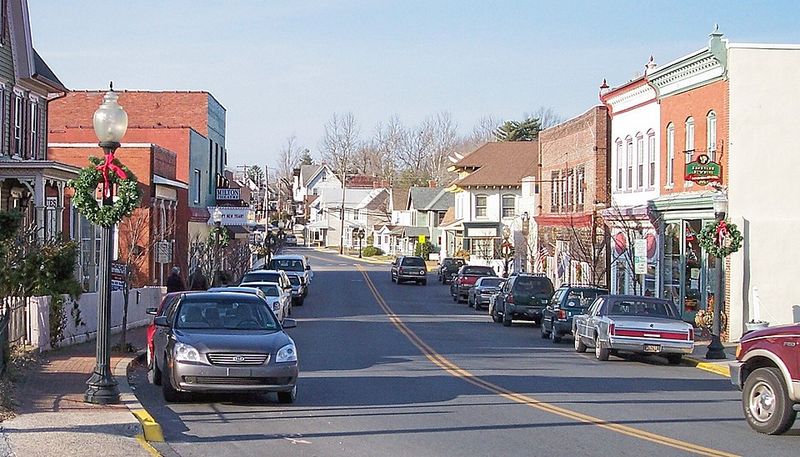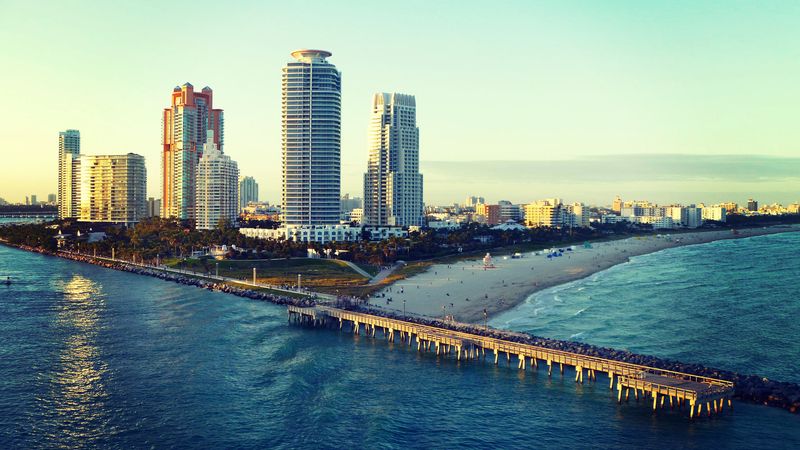More Americans are packing up and moving out of certain states than ever before. From sky-high taxes to unaffordable housing, people are searching for better opportunities and lower costs elsewhere. Understanding which states are losing residents the fastest can help you see where the nation’s population is shifting and why so many families are choosing to relocate.
1. California
Over a million people have said goodbye to the Golden State since 2020. Housing prices have skyrocketed beyond what many families can afford, forcing them to look elsewhere for reasonable living costs.
Wildfires, droughts, and earthquakes add stress to daily life. Taxes remain among the highest in the nation, eating into paychecks and savings.
Despite its beautiful beaches and tech industry, many residents feel priced out. Neighboring states with lower costs are attracting former Californians in droves. The exodus shows no signs of slowing down anytime soon.
2. New York
Did you know that over 800,000 New Yorkers have left the state in just four years? The pandemic changed how people view city living, and many decided they wanted more space and lower costs.
Property taxes and state income taxes rank among the nation’s steepest. Rent prices in New York City can drain an entire paycheck, leaving little for savings or fun.
Warmer climates and remote work opportunities have made southern states more appealing. The Empire State’s population decline reflects a nationwide trend toward affordability and flexibility.
3. Illinois
Illinois has watched over 364,000 residents leave since 2020, largely due to crushing property taxes. Homeowners often pay thousands more annually compared to neighboring states, making budgets tight.
Fiscal instability and government debt worry many families about the state’s future. Job growth has lagged behind other regions, pushing young professionals to seek opportunities elsewhere.
Harsh winters and economic uncertainty create a tough combination. Many former residents cite financial relief as their main reason for moving. The state’s population continues shrinking despite Chicago’s vibrant culture and history.
4. New Jersey
With a heart-wrenching property tax burden, New Jersey has lost over 120,000 residents recently. Families pay some of the highest property taxes in America, often exceeding $10,000 annually for modest homes.
Dense population and crowded highways make daily commutes exhausting. The cost of living rivals nearby New York City without offering the same job opportunities.
Many residents dream of quieter, more affordable places to raise children. Southern states with lower taxes and warmer weather have become popular destinations. The Garden State’s appeal has faded for those seeking financial breathing room.
5. Louisiana
Louisiana’s vulnerability to hurricanes and flooding has driven about 50,000 people away since 2020. Natural disasters repeatedly damage homes, businesses, and infrastructure, creating constant uncertainty.
Economic opportunities remain limited outside major cities like New Orleans. The oil and gas industry, once a major employer, has faced significant declines.
Insurance costs have soared due to storm risks, adding financial strain. Many young people leave to find better jobs and safer living conditions. The state’s unique culture can’t overcome these practical challenges for many families seeking stability and growth.
6. West Virginia
Coal country has seen better days, with approximately 27,000 residents departing West Virginia recently. The decline of mining jobs has left entire communities struggling to find new economic footing.
Young people especially feel the lack of career opportunities in technology and modern industries. Rural areas offer beautiful scenery but limited services and entertainment.
Economic diversification has been slow, leaving many towns dependent on fading industries. Healthcare and education jobs can’t fully replace lost manufacturing wages. Those who remain often watch their children leave for brighter futures elsewhere, creating a painful cycle.
7. Connecticut
Despite its charm and proximity to major cities, Connecticut has lost about 30,000 residents seeking affordability. High taxes on income, property, and sales make everyday expenses add up quickly.
Housing costs rival nearby Massachusetts and New York without offering the same job markets. Many retirees find their fixed incomes stretched too thin.
Harsh winters and aging infrastructure add to the challenges. Families increasingly choose states with no income tax and warmer climates. Connecticut’s small size means fewer options for finding affordable areas within its borders, pushing residents to look elsewhere entirely.
8. Michigan
Michigan’s automotive glory days have faded, contributing to about 23,000 residents leaving recently. Manufacturing jobs that once supported entire families have disappeared or moved overseas.
Cities like Detroit struggle with population loss and economic revitalization efforts. Cold winters and limited sunshine make the climate less appealing than sunbelt states.
Job growth in new industries hasn’t kept pace with losses in traditional manufacturing. Young professionals often head to tech hubs on the coasts or in Texas. The Great Lakes State still has loyal fans, but economic realities drive many to seek better opportunities elsewhere.
9. Ohio
About 19,000 Ohioans have recently relocated, searching for more dynamic job markets. Industrial regions that once thrived now face empty factories and limited opportunities.
Cities like Cleveland and Cincinnati work hard to reinvent themselves, but progress comes slowly. The cost of living is reasonable, but wages often don’t match those in growing states.
Weather plays a role too, with gray winters lasting months and dampening spirits. Young graduates frequently leave for cities with booming tech or finance sectors. Ohio’s friendly communities and affordable housing can’t always compete with better career prospects elsewhere.
10. Pennsylvania
Pennsylvania has seen approximately 21,000 residents depart, many seeking warmer climates and lower taxes. The Keystone State’s economy has struggled to transition from steel and manufacturing to modern industries.
High property and income taxes make retirement expensive for fixed-income seniors. Cold, snowy winters drive many northerners to southern states like Florida and North Carolina.
Cities like Pittsburgh show promise with healthcare and technology growth, but rural areas lag behind. Young people often leave for college and never return, draining talent from smaller communities. Pennsylvania’s rich history can’t overcome practical concerns about weather and finances.
11. Rhode Island
America’s smallest state has lost about 6,000 residents despite its coastal beauty. High living costs without proportional job opportunities make it hard for young families to establish roots.
Housing prices remain steep, especially near desirable waterfront areas. Limited space means fewer options for affordable neighborhoods.
The state’s small size also means limited job diversity compared to larger neighbors. Many residents commute to Massachusetts or Connecticut for better-paying positions. Rhode Island’s charm and beaches can’t always justify the financial strain, pushing residents toward states with more economic flexibility and space to grow.
12. Delaware
Roughly 7,000 people have left Delaware recently, attracted by lower taxes and more affordable living elsewhere. While the state has no sales tax, other costs remain high.
Property taxes and housing prices have climbed steadily. Delaware’s small size limits housing options and job diversity.
Many residents work in nearby Pennsylvania, Maryland, or New Jersey, questioning why they pay Delaware’s costs. Retirees increasingly choose southern states with better weather and lower expenses. The First State’s historical significance doesn’t translate into modern economic advantages for many families seeking better financial situations and more opportunities for growth.
13. Missouri
Missouri has lost about 13,000 residents who crave more vibrant job markets and opportunities. Cities like St. Louis and Kansas City offer culture and history but struggle with economic growth.
Wages often lag behind national averages, making it hard to save money. Crime rates in urban areas worry families considering where to raise children.
The state lacks the booming industries found in coastal or sunbelt regions. Young professionals frequently move to Texas, Colorado, or other rapidly growing states. Missouri’s central location and reasonable costs can’t always compete with states offering better career advancement and higher salaries.
14. Tennessee
Surprisingly, Tennessee has seen about 8,000 people leave certain areas despite the state’s overall growth. While Nashville and other cities boom, rural regions face different realities.
Local economic challenges in specific counties drive residents to other states or different Tennessee cities. Not everyone benefits equally from the state’s tech and music industry growth.
Housing costs in popular areas have risen sharply, pricing out long-time residents. Some leave for states with even lower costs or better job matches. Tennessee’s situation shows that statewide trends don’t tell the whole story for every community and neighborhood.
15. Florida
Florida has lost approximately 34,000 residents despite its reputation as a retirement paradise. Hurricane risks and soaring insurance costs have made coastal living increasingly expensive and stressful.
Property insurance premiums have doubled or tripled in recent years, shocking homeowners. Environmental concerns about rising sea levels worry long-term residents.
Some areas have become overcrowded as population surged during the pandemic. Traffic, development, and loss of natural beauty frustrate longtime Floridians. While many still move to the Sunshine State, a growing number are leaving for safer, more affordable locations with fewer natural disaster risks and lower costs.
